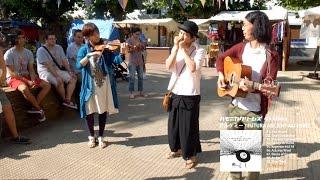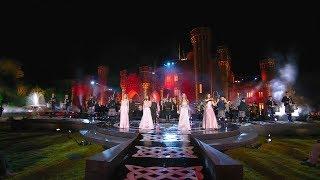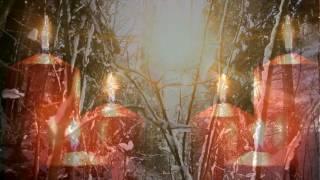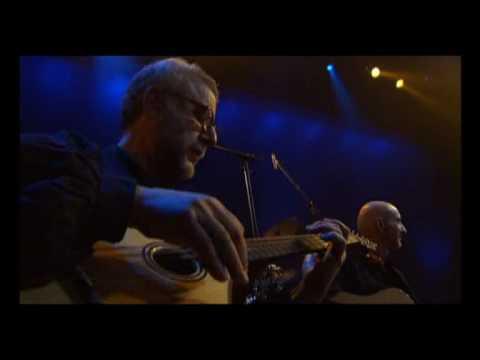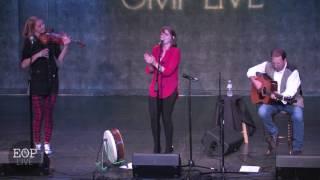From200 BC to the present, The Grovii ancient Celtic tribe of Gallaecia
Description
A Guide to Monte Santa Trega, A Guarda, Pontevedra, Galicia, Spain, from 200 BC to the present, The Grovii ancient Celtic tribe of Gallaecia, Northern Portugal.The outline of Mount Santa Tegra form an archaeological site, which is in the Castro de Santa Tegra, belonging to the Celtic culture and the most emblematic and visited the forts Galicians. It was declared a National Historic-Artistic Monument (Spain) in 1931 and also has the consideration of Cultural Interest.According to the thesis maintained by de la Peña Santos, director of the last campaigns of archaeological excavations in the 1980s, had a continued occupation between the first century BC, soon to begin the process of Romanization of Galicia, and the first century AD , and from that moment began a slow process of abandonment, which could well have been interrupted by sporadic temporary reoccupations in late-Roman era. Petroglyphs were also found in several of the stones from the mountain, drawn around 2000 years before the occupation of the fort.It is located on Mount Santa Tegra, 341 m of altitude, in the most southwestern extreme of Galicia, in the municipality of Guarda, a privileged place from which dominates the mouth of the river Minho. The hill slopes has some very pronounced cun visual field contour that made him possibly a strategic posted long before the lifting of the castro.Archaeological excavationsAlthough the population of the Guard should have known of the existence of traces of old buildings on the hill for a long time, in 1745, when Father Sarmiento visited Guard, made no mention of them, but, on the contrary, made him the lot, its shrine and pilgrimage.The first discovery of what has been constant in 1862, a sculpture of Hercules made in bronze was found by a stonemasons who worked near the hermitage. This sculpture was stolen from the museum in the 1970s.In the second half of the nineteenth century the ruins began to be valued at their fair measure. Realize up the first written references to the ruins of the archaeological apontes Ramón López García in 1864, [2] and the witness Manuel Murguía in his work "Historia de Galicia" in 1888, which is deduced from the ruins of a kinship with the inhabitants "race" Celtic family of roosters.In the twentieth century, the Guard was created in 1912, the Society Pro-Monte Santa Tecla, which promoted a year later to perform work of packing the outskirts of the chapel and the layout of an access road to the summit. The works of this road put in the open, in the place known as Campo Redondo, walls and foundations of buildings spans the outer wall of the fort.Given these findings, the company requested an official authorization to initiate systematic excavations in place, that authorization was granted on February 26, 1914, [3] and that the chief archaeologist named Ignacio Calvo Rodríguez, the National Archaeological Museum (Spain) .From this moment the site began appearing in the media. Also in 1914 the canon Fontela Domínguez, without any argument, the remains attributed to the "Iberian-Roman civilization" and identified them with the historic "Abóbrica" mentioned by Pliny the Elder (theory still followed today by some authors)First excavations (1914-1923)From 1914 until 1923 the director of the archaeological work was Ignacio Calvo, who was making known the outcome of proceedings in several articles. The Society Pro-Ride also participates in a zone known as the New Source. Calvo gave the town an occupation from the beginning of the Bronze Age to the Roman period. It was the first author to call it "citadel" (following the example of Portuguese archeology) and discuss the possibility of identifying it with the mythical Mount Medulio where classical writers also stood the ultimate mythical and heroic resistance of Galician.Mergelina campaigns (1928-1933)

